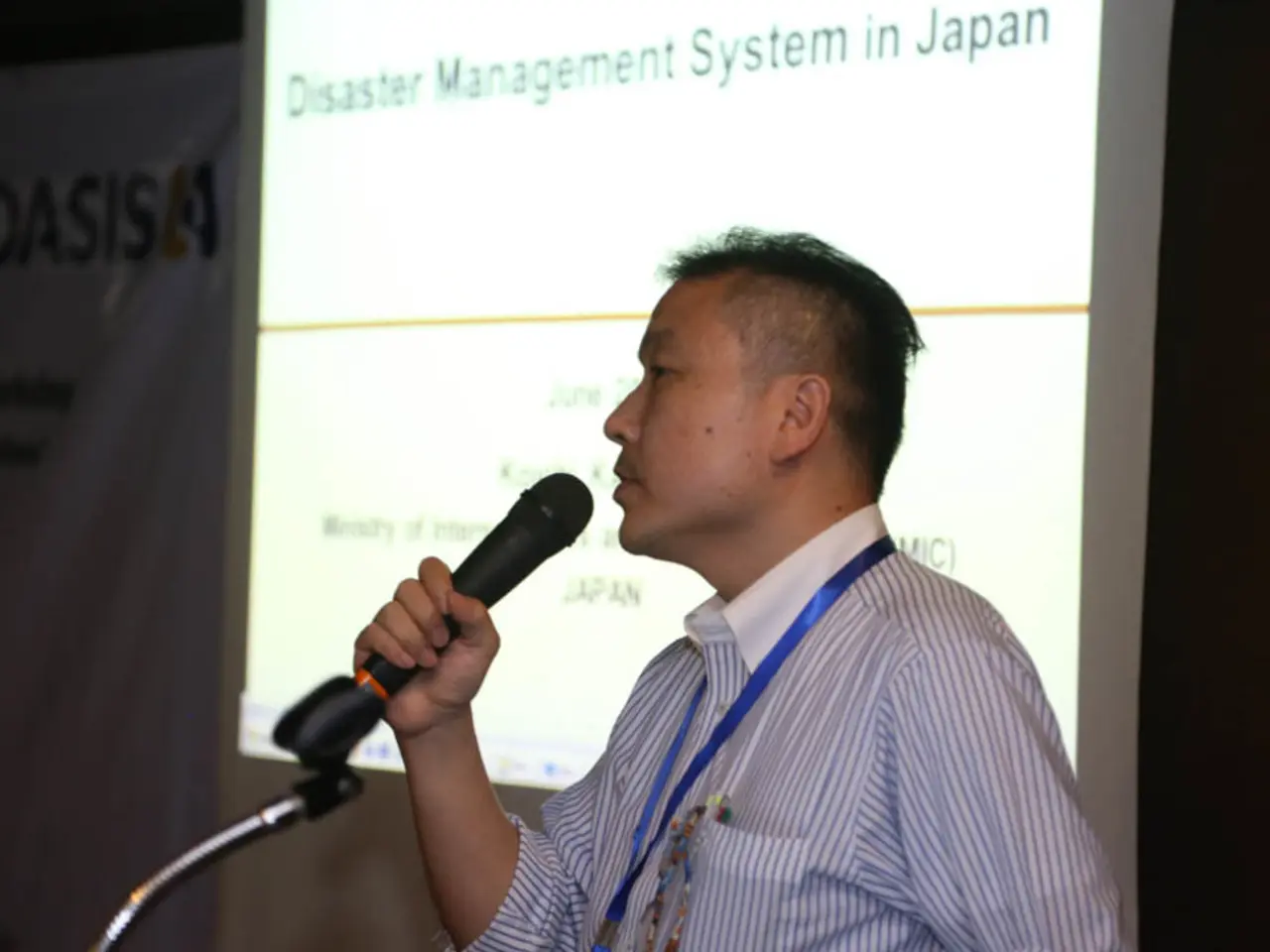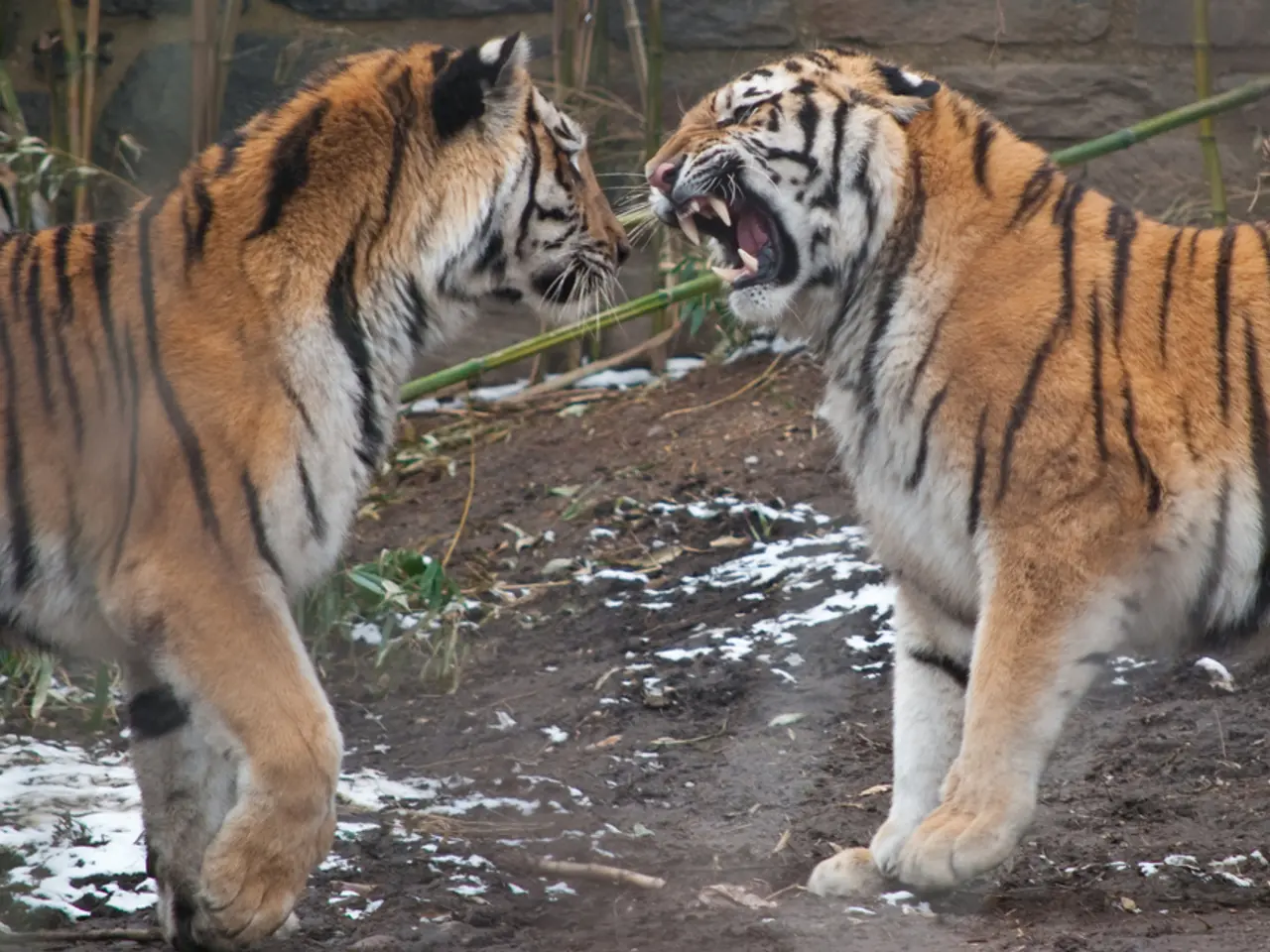Volcanic activity commences post earth-shaking seismic event in Russia
In the early hours of yesterday, the dormant Krasheninnikov volcano in Kamchatka erupted for the first time in 600 years, marking a significant geological event. This eruption, which has been assigned an "orange" aviation code, indicating a heightened risk to aircraft, was followed by the eruption of Klyuchevskoy, the most active volcano on the Kamchatka Peninsula.
The Krasheninnikov volcano, standing at 1,856m, had its first historically confirmed eruption since the 15th century. According to the head of the Kamchatka Volcanic Eruption Response Team, Olga Girina, the previous lava effusion of Krasheninnikov occurred within 40 years of 1463, and no eruption has been known since.
The eruption of the Krasheninnikov volcano was preceded by a massive magnitude 8.8 earthquake that struck the region, affecting the Kuril Islands. Russian scientists had warned on Wednesday that strong aftershocks were possible in the region in the next several weeks. This earthquake, it is believed, triggered a series of volcanic eruptions in the area, including Krasheninnikov and other volcanoes in Kamchatka and the Kurils.
The seismic activity from the earthquake is thought to have disturbed the magma systems of these volcanoes, prompting eruptions. Russian emergency officials noted that after the strong earthquake, volcanic eruptions followed as part of a "parade" of volcanic activity across the region.
The ash plume rising from the Krasheninnikov volcano reached 6,000m, but there are no populated areas along the path of the ash cloud. However, the Russian Ministry for Emergency Services issued a tsunami alert for three areas in Kamchatka after the earthquake, although the expected wave heights in the tsunami alert were low, and people were advised to move away from the shore.
Fortunately, the Pacific Tsunami Warning System in Hawaii did not issue a tsunami warning after the quake, and the Russian tsunami alert was later canceled. The ash cloud from the Krasheninnikov volcano has since drifted eastward, toward the Pacific Ocean.
The eruption of the Krasheninnikov volcano was reported by Russia's RIA state news agency and scientists. The earthquake, too, triggered tsunami warnings as far away as French Polynesia and Chile, but the expected wave heights were low.
This pattern reflects the geophysical link between large earthquakes and subsequent volcanic eruptions in tectonically active zones such as the Kamchatka Peninsula and the Kuril Islands. It serves as a reminder of the dynamic and interconnected nature of our planet's geological processes.
- As the Krasheninnikov volcano's eruption is part of a "parade" of volcanic activity in the region, it raises the question of whether this event could potentially shed light on the connection between seismic activity and environmental-science phenomena such as health-and-wellness impacts due to ash plumes and environmental changes caused by volcanic emissions.
- In light of the recent volcanic eruptions on the Kamchatka Peninsula and the Kuril Islands, which are linked to tectonic activity, it's important to consider the implications this has for the future of scientific fields such as space-and-astronomy, given the potential effects on Earth's atmosphere and climate.




